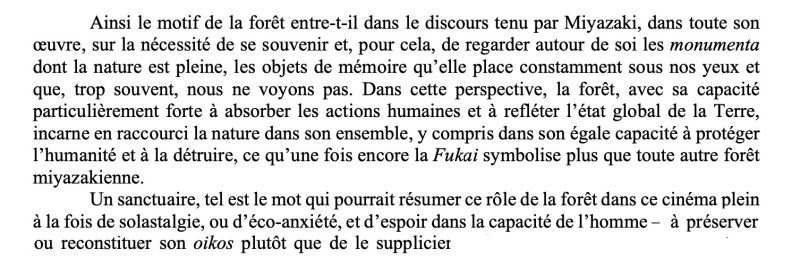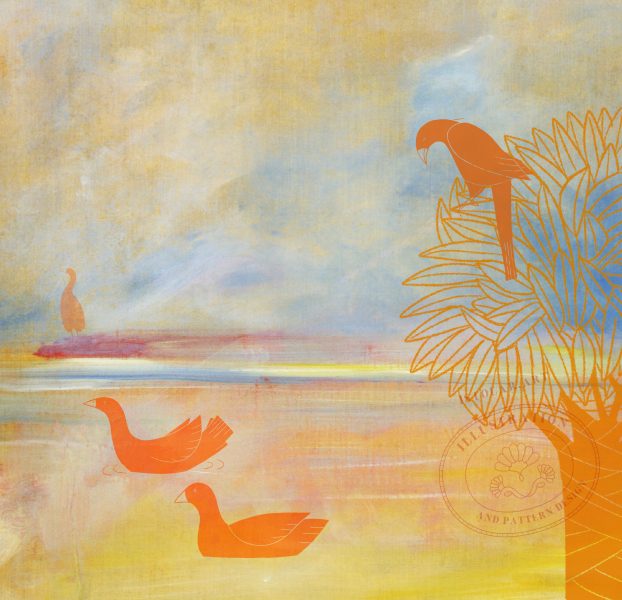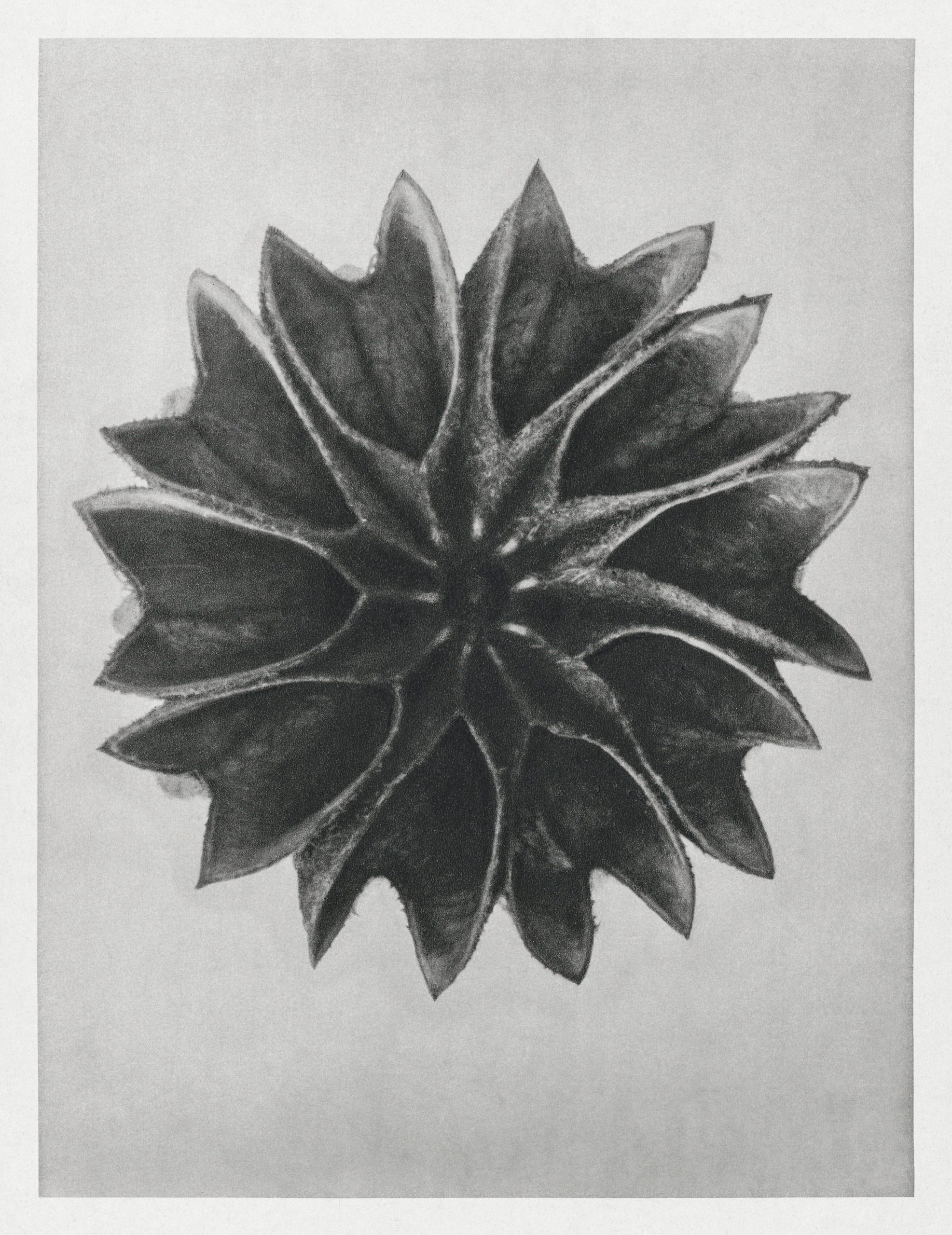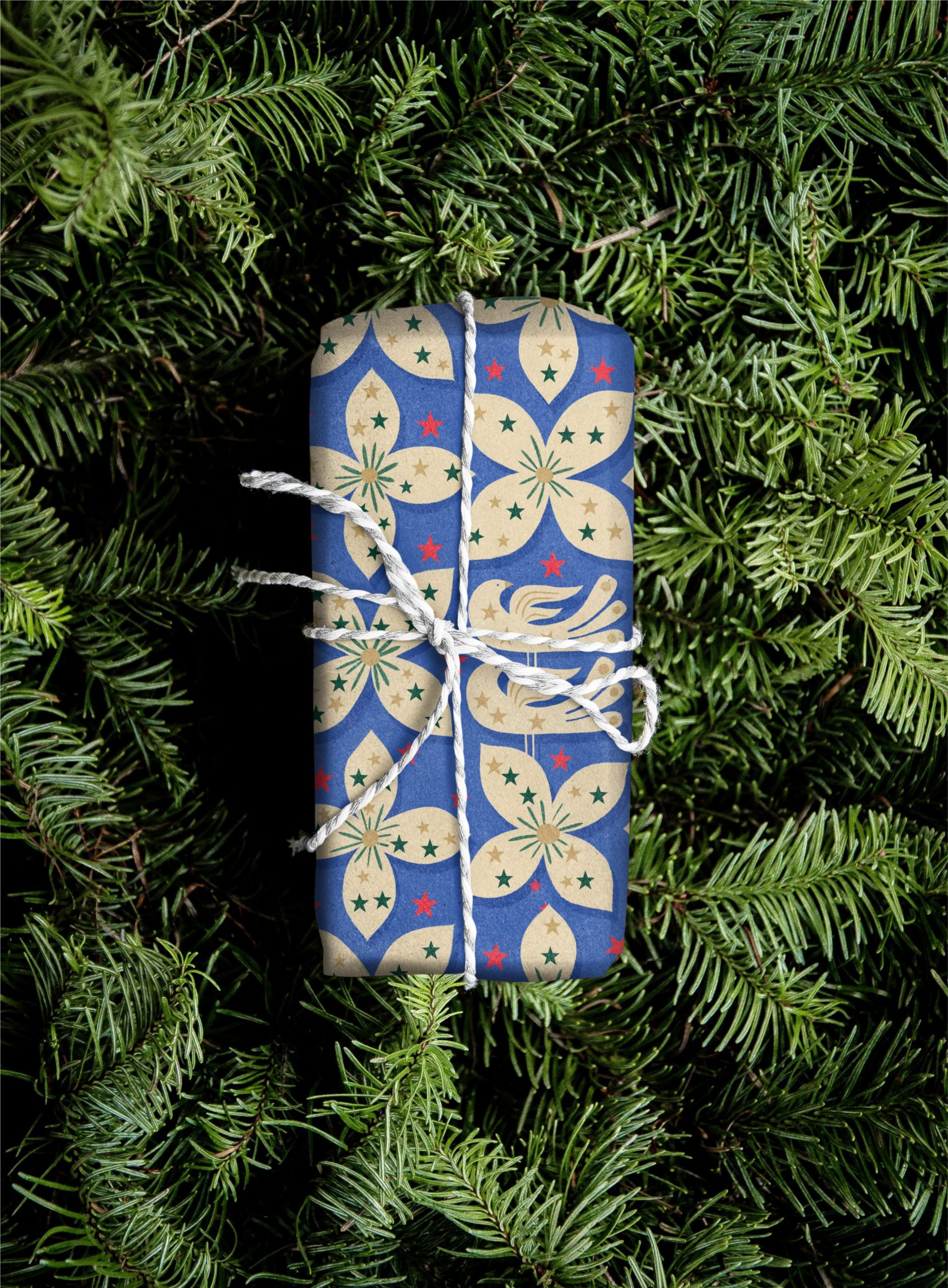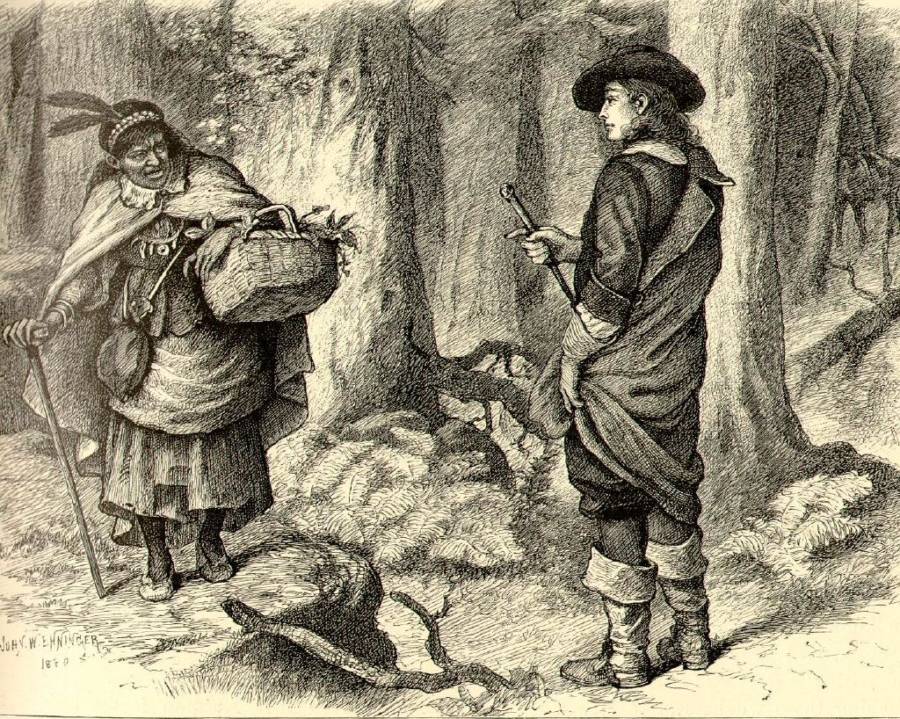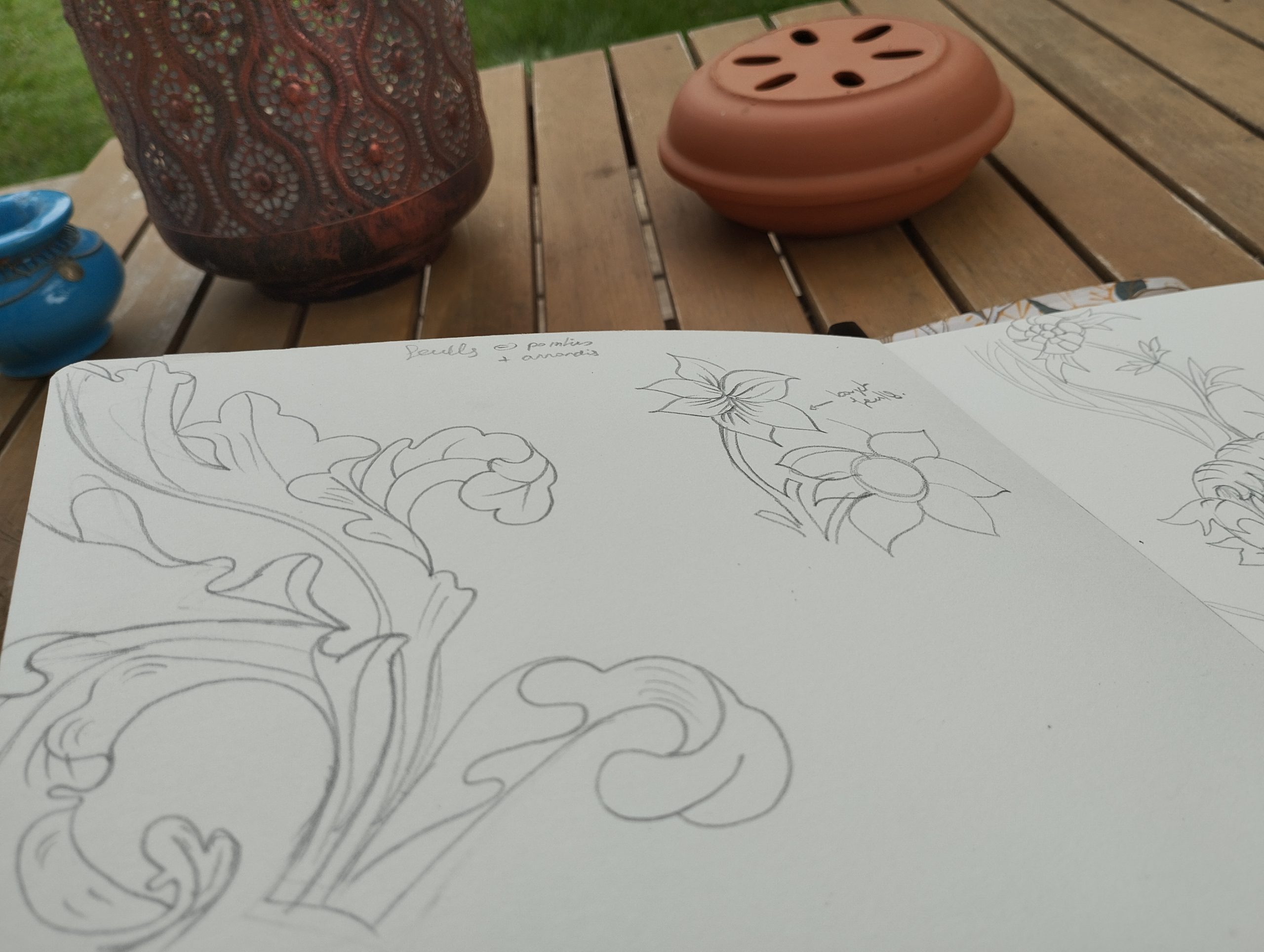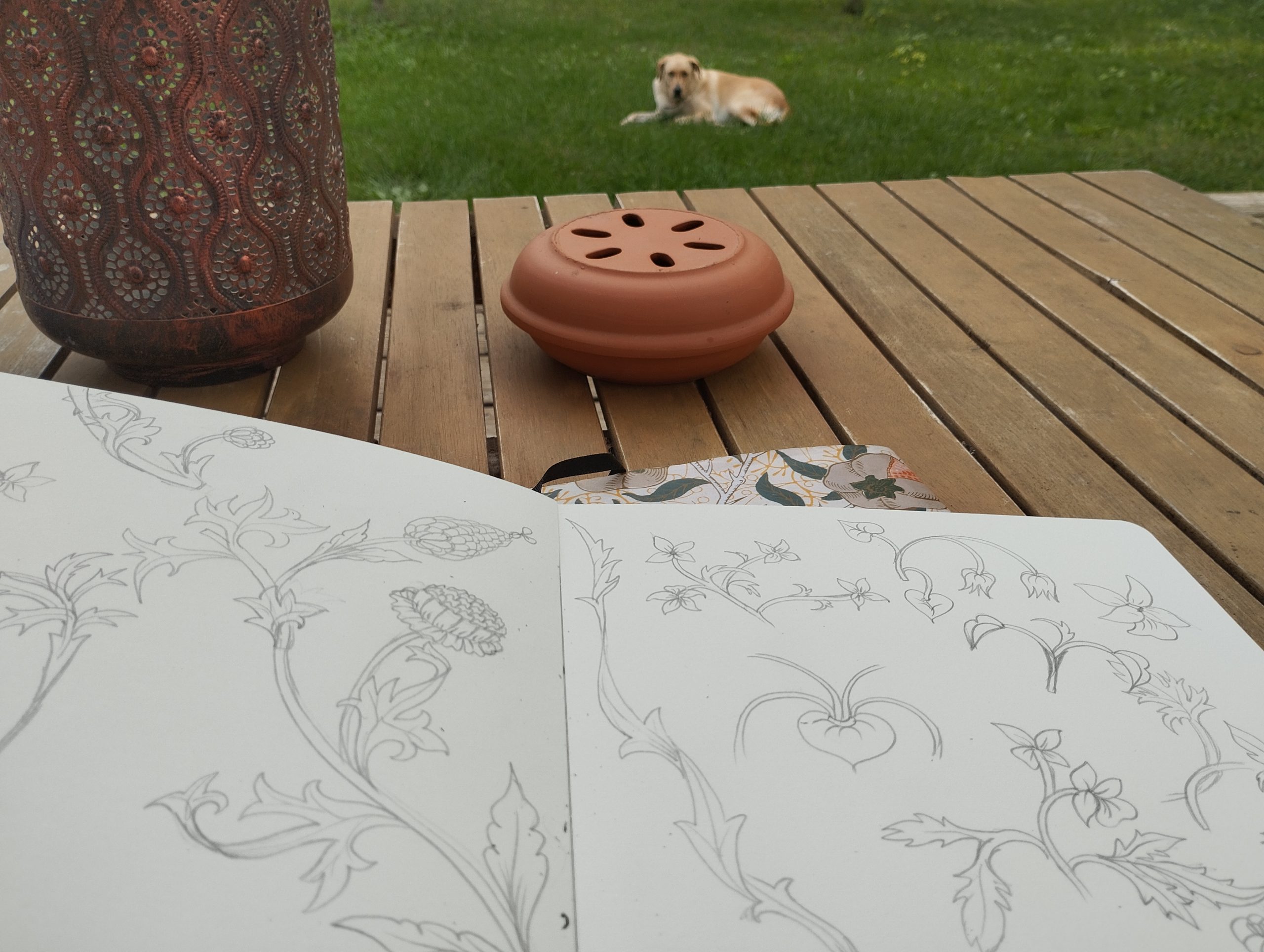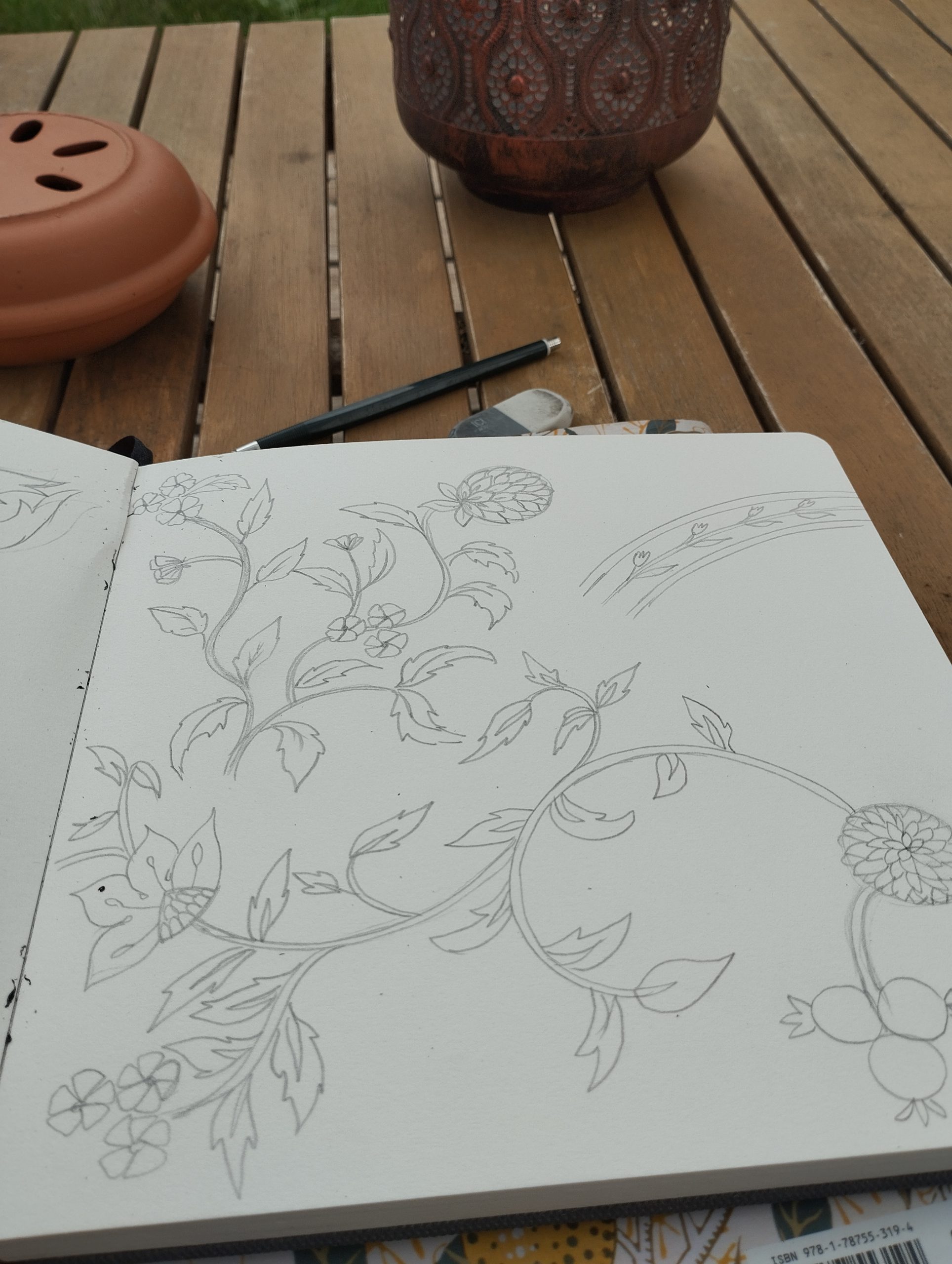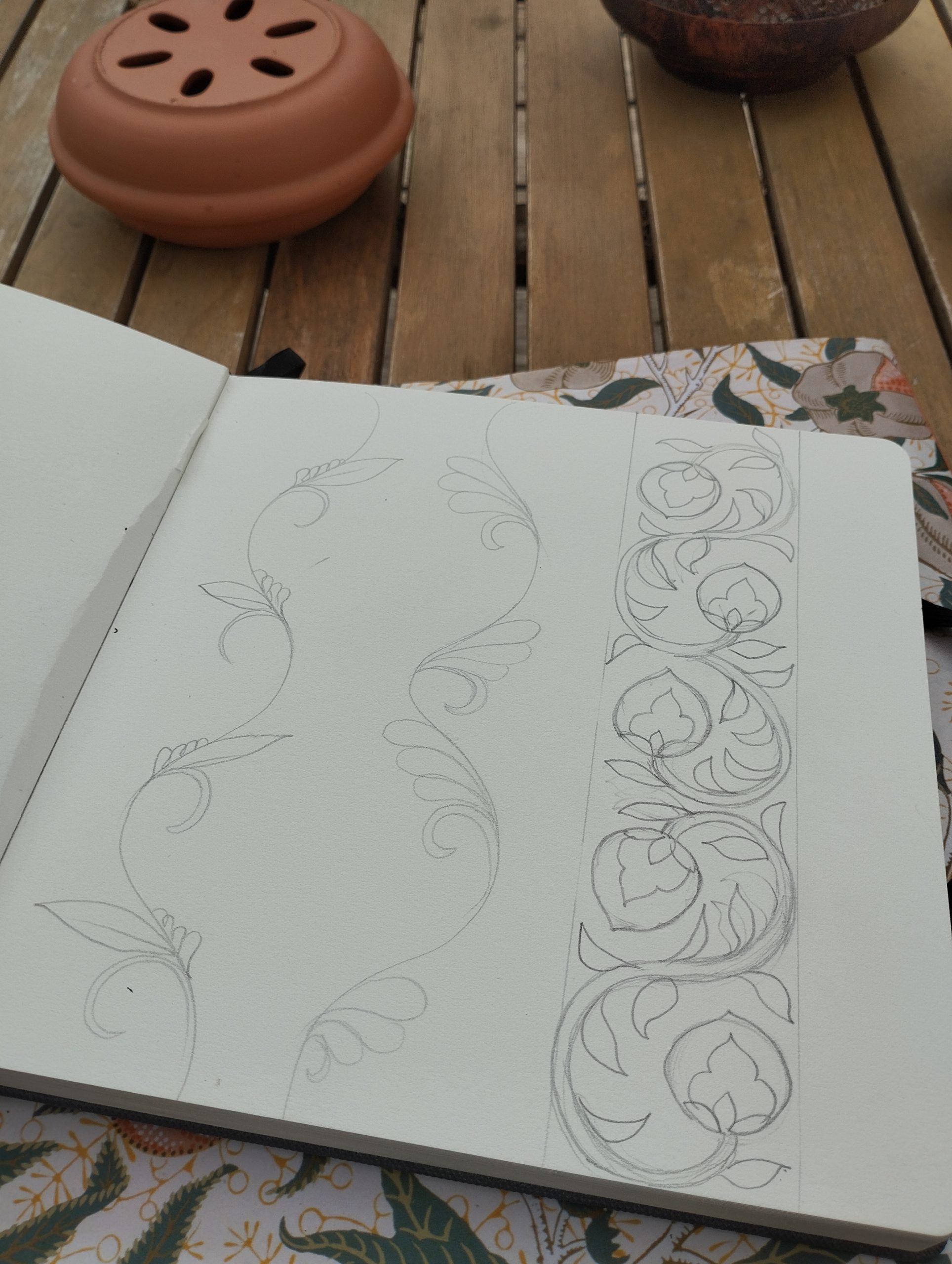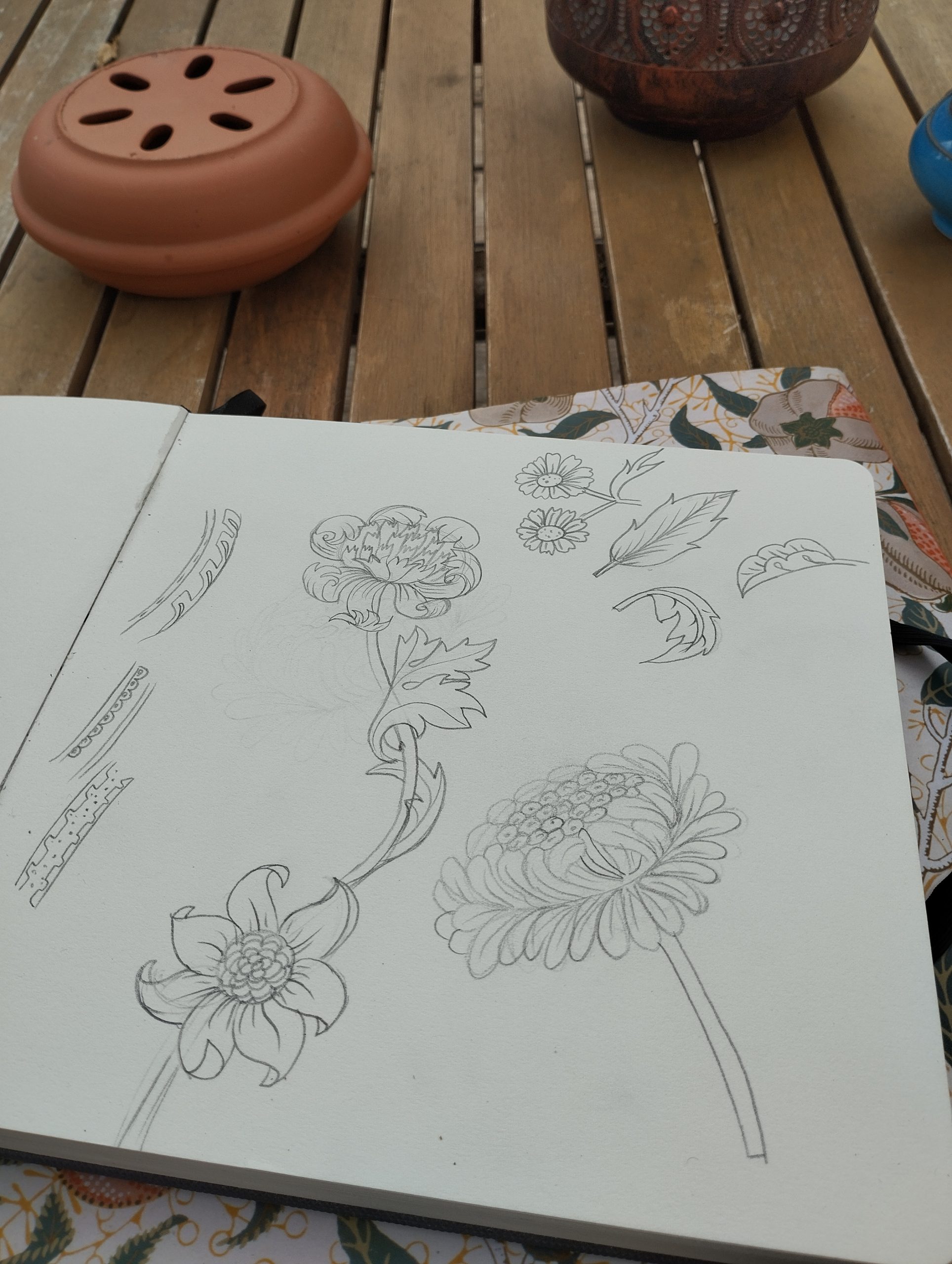

Exploration for collection no 2
Parfois je me sers de ce blog comme lieu d enregistrement, une fonction de pense bête …
La jungle incarne à la fois a beauté sauvage, l’inconnu et l’aventure, tout en portant des symboliques profondes et variées selon les contextes
En littérature la jungle peut être mystérieuse, oppressante, dangereuse, enchanteresse ou même spirituelle. Elle est souvent un miroir des émotions et de l’état intérieur des personnages, tout en restant un décor puissant et évocateur.




Henry Rousseau the jungle
La jungle dans les contes:
un personage qui transforme les héros
Dans les contes africains, la jungle est souvent un lieu mystérieux et sacré, peuplé de créatures fantastiques et d’esprits anciens. Elle incarne à la fois la beauté et le danger, un terrain d’aventure et de transformation. C’est un espace où les lois de la nature et celles de l’imaginaire se rencontrent, où les éléments vivants, qu’ils soient humains, animaux ou végétaux, sont interconnectés par des forces invisibles.
La jungle est aussi un lieu de passage, un endroit où les héros doivent faire face à des épreuves pour prouver leur courage, leur sagesse ou leur détermination. Les animaux qui y résident ne sont pas simplement des êtres sauvages ; ils possèdent souvent une dimension symbolique ou magique. Par exemple, un lion peut incarner la royauté et la justice, un serpent peut symboliser la ruse et la sagesse ancienne, tandis qu’un éléphant pourrait être un guide spirituel.
Dans ces contes, l’entrée dans la jungle est souvent un acte symbolique de transition, marquant un passage vers un autre monde, plus profond et plus mystérieux. C’est là que l’on affronte des défis pour découvrir des vérités cachées, apprendre des leçons de vie ou gagner une récompense spirituel.
C’est aussi un lieu où la force brute seule ne suffit pas ; il faut aussi intelligence, patience et respect des forces invisibles pour survivre et en sortir transformé.
la jungle dans les contes africains est bien plus qu’un simple décor c’est un acteur essentiel de l’histoire, qui défie et transforme les héros des récits.
“BRAIN STORMING”: ELEMENTS
ELEMENTS
- oiseaux ( de paradis?)
- elephant
- tigre
- singe
- zebre
- serpent?
- arbres à larges feuilles
- lianes
- orchidées
- grappes
- racines noueuses
- grappes parfumées
- lianes
- hibiscus
METAPHORES
- Vegetation luxuriante ( feuilles exagérément grandes)
- Silhouette stylisée
- Tons verts variés( emeraude , indigo profond)
- elements lumineux en contraste
- creatures fascinantes?
- Archetype amazonie
- Colonne naturelles
- “Un dédale végétal”
- “Retour aux origines”
- “… Un monstre endormi”
- “… aussi dense que la nuit”
- “Le temple de la nature”
- “Un labyrinthe vert”
- Lois de la nature
- Ocean de feuillage
- “Une cathédrale de verdure”
- Silence et tumulte
- Mondes oubliés
- Nature brute
- “retour aux origines” ( esprits anciens)
COLORS
- Emeraude, olive, turquoise, brun orange
- effet mystérieux (noir, vert profond)
- ou clair pour une ambiance tropicale lumineuse (beige sable, bleu lagon).
VRAC/ storming
- lieu de passage et d’épreuve / espace de transformation
- luxuriance
- interconnection
- animaux magiques et symboliques
- autre monde
- intelligence de survie
REFERENCES
- Douanier Rousseau (style naif)
- Frida khalo ( symbolisme/inconscient)
- Gaughin (Tahiti polynesie)
- Kippling (jungle)
- joseph conrad (Congo)
- M Tournier ( pacifique/ R cruzoé
- J. Vernes
- Alejo Carpentier (Amerique du sud)
Les œuvres du DOUANIER ROUSSEAU illustrent la diversité des représentations de la jungle en peinture, allant du réalisme naïf à l’expression symbolique et exotique. La jungle est souvent perçue comme un lieu inconnu, presque magique, regorgeant de secrets et de créatures fascinantes. Dans la peinture, Henri Rousseau a magnifié cet aspect onirique avec des scènes luxuriantes et des animaux presque surnaturels. En littérature et en cinéma, des œuvres comme Le Livre de la Jungle de Rudyard Kipling ou Apocalypse Now (inspiré de Au cœur des ténèbres de Joseph Conrad) exploitent cet aspect mystérieux.
Des artistes comme FRIDA KHALO ont intégré des éléments de jungle dans leurs œuvres pour symboliser un lien profond avec la nature et l’inconscient.
Pour RUDYARD KIPLING a jungle y est un univers fascinant, régi par ses propres lois et habité par des animaux anthropomorphiques comme Bagheera (la panthère), Baloo (l’ours) et Shere Khan (le tigre). Kipling mêle aventure, fable et symbolisme pour explorer la relation entre l’homme et la nature.
JOSEPH CONRAD dans au coeur de ténèbres, à travers la jungle congolaise à la recherche d’un mystérieux trafiquant d’ivoire, a jungle est oppressante, obscure et métaphorique, représentant l’inconnu, la sauvagerie et la descente aux enfers psychologique.
Avec MARIO VARGAS LLOSA (maison verte) c’est une jungle sensuelle et mystique , sensuelle et hypnotique, presque envoûtante où “Les arbres gigantesques tendent leurs bras couverts de mousse, formant un toit impénétrable sous lequel la lumière se changeait en une lueur verte, diffuse. Des senteurs épaisses, lourdes, exhalent des fleurs cachées, et le bourdonnement des insectes remplissent l’air, comme une mélodie ininterrompue.”
La jungle de Jules Verne (La Jangada) est majestueuse et luxuriante, foisonnante, elle évoque un paradis naturel. “L’Amazonie s’étalait devant eux, gigantesque et souveraine. Les palmiers s’alignaient en colonnes naturelles, les orchidées suspendaient leurs grappes parfumées, et les eaux lentes du fleuve reflétaient les innombrables teintes du ciel et des feuillages.”
Alejo Carpentier (Les Pas perdus) Une jungle magique et initiatique, spirituelle, lieu de transformation et d’éveil. “La jungle semblait s’étirer à l’infini, un océan de feuillages où se mêlaient l’ombre et la lumière, le silence et le tumulte. Chaque bruissement de feuille était une parole ancienne, chaque cri d’animal un écho du passé. Dans cette cathédrale verte, j’avais l’impression d’être revenu aux origines du monde.”
QUEL MOTIF?
HERO POSSIBILITIES
- Tight overlapping (packed) / college / pattern-maker
- Airy jungle landscape ( all over or toile de jouy)
- Intricated: art & craft ( jungle + object + animals)
SECONDARIES POSSIBILITIES
- Loosely scattered ( animal tree plant) colored or monochrome
- landscape smaller elements ( all over)
- semi tight or scattered upward
- few elements collage ( simplified more airy)
- few elements collage (zoom or isolated elements : leaves, animals tree only)



